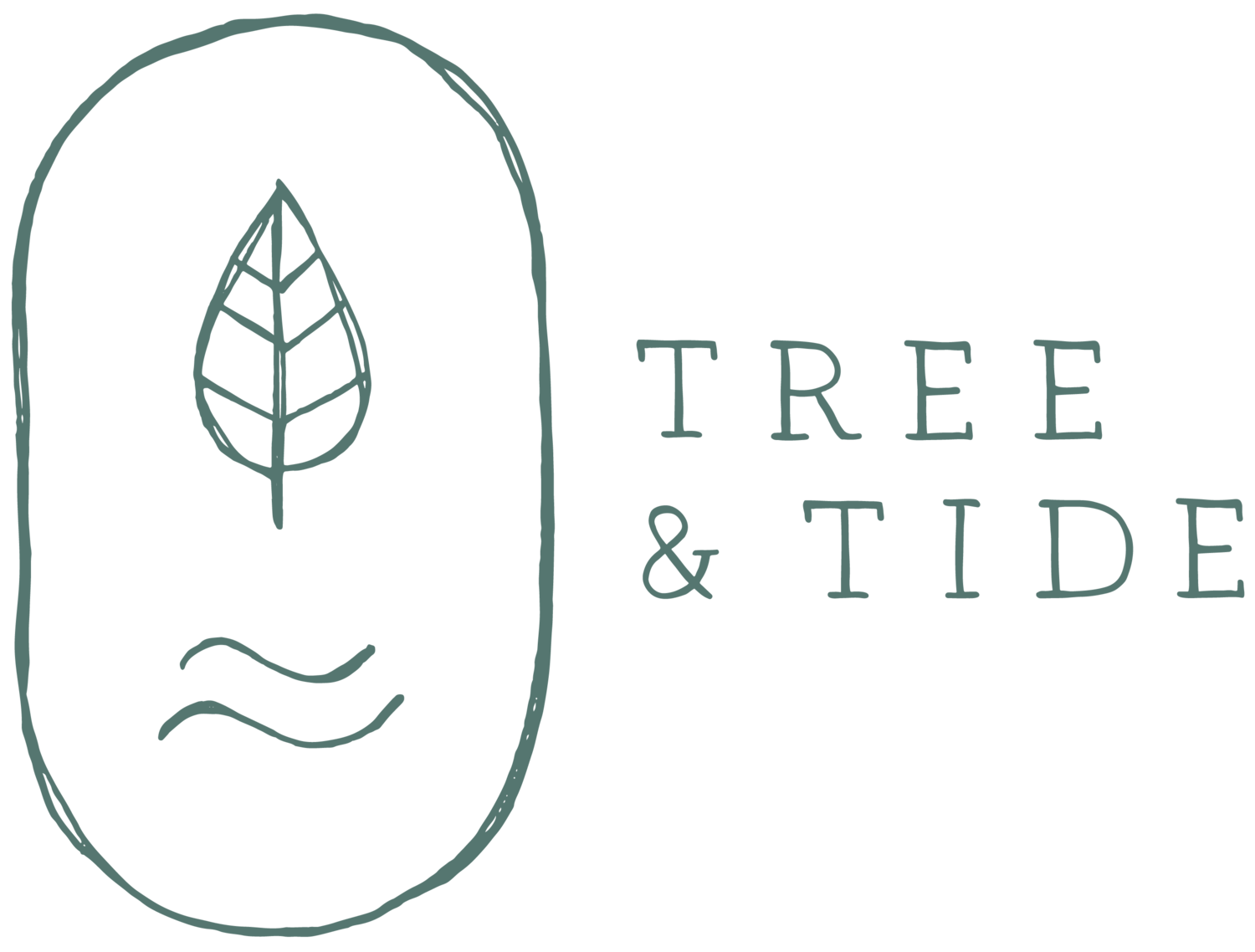
Hello! Following our ‘Power of Rest’ session here are some of the top tips and tools.
For more health and well-being help click here for our course
The Rest Deficit
We end up in rest deficit when we aren’t getting either the quality or quantity of rest that we need.
Then we are living energetically out of an overdraft that keeps getting bigger and bigger as life demands keep on going.
We are spending more energy than we can replace .Until we find we are bankrupt and that’s when we end up in emotional and mental burnout.
Some of the reasons why we find it hard to rest.
If we don’t find ways to reach for rest, rest comes and gets us…
….and not always in the ways we would want. There is a surrender involved in learning to rest. Being willing to admit that these deeper drivers toward busyness are not working, willing to learn how to rest.
Filling the cup
Being well rested is like having an inner cup that is full (or full-ish). Life is constantly asking us to pour ourselves out, to give energy and time, thinking, action, listening, nurture, skill.
So if I have a full cup I have capacity then to manage what comes without overwhelm.
A cup that is constantly down around the bottom or empty creates a stress response in the body.
That can lead to behaviours that don’t feel very good
eg losing the temper, snapping, overreacting, tensing up the body, feeling panicky or anxious, feeling checked out and lethargic, withdrawing from relationships.
Then we often try and fill the cup up a bit by over-eating, over drinking, checking out, disconnected sex, fake connection on social media, over-sleeping, even working more. But these don’t actually fill the cup, they don’t actually satisfy the need for rest.
Active and Passive Rest
Active rest is when you are intentionally using techniques or activities that are restorative while engaging the body and mind.
Passive rest involves doing things that promote relaxation and recovery without requiring mental or physical engagement. It focuses on allowing the mind and body to enter a state of rest.
We need both and both require intention. Neither will happen without a choice being made, without a plan.
From a. survey of 18000 people in 135 countries, asking them about their most effective rest practices. Notice how many of these are passive forms of rest.
A research based 10 minute audio meditation to provide deep brain rest and refresh. Click the link below.
An audio recording of our full body meditation. Use the password in your workbook. Available for 4 weeks after our workshop.
Making space for rest
List all the things you give time and energy to. Check if they are still giving you pleasure, connection or achievement and if you can do them gladly.
In order to rest we are going to have to start putting in some boundaries. Saying more no’s to the things that drain us or the things that came up in our work audit that are no longer good for this season.
Changing how we engage with our phones can help create more time for rest AND give us mental rest as well.
Work in time blocks with short rest periods - it makes you more effective and efficient in your work and also gives you mini rests which all add up.
Ways to make the most of the small moments and ‘drip’ rest into your cup.

Remember….
Whichever shifts you choose to experiment with, remember that powerful outcomes are often delayed. Don’t loose heart if it takes a while to see results - they will happen!
For more health & wellbeing help……
A guided, self-paced online programme to recover mental and emotional wellbeing and build your resilience.
The Rooted Project gives you the tools to help manage all that life brings your way.
Recommended by Health Professionals

















